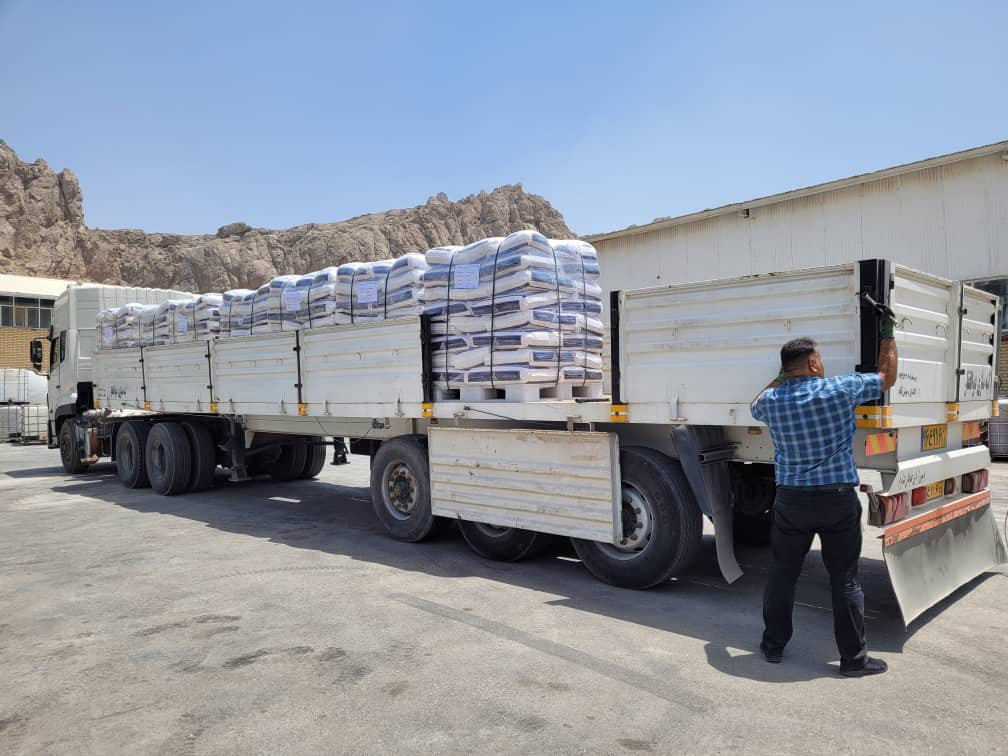Polyvinyl chloride (PVC) ranks among the most prevalent polymers worldwide because of its diverse applications. People use it in a variety of products, ranging from construction materials to medical devices. However, during the manufacturing of PVC, stabilizers are critically important, especially when the PVC undergoes heat exposure during processing. In the past, manufacturers frequently chose lead-based stabilizers, but their detrimental effects on health and the environment have driven a significant shift towards non-toxic alternatives. This article delves into the world of non-toxic PVC pipe stabilizers, their composition, benefits, and applications.
Manufacturers introduce stabilizers into PVC to improve its thermal stability. Without these stabilizers, PVC would degrade rapidly when subjected to heat during the extrusion and molding processes. Degradation can lead to discoloration, loss of physical properties, and the release of harmful hydrochloric acid gas.
Traditional vs. Non-toxic Stabilizers
For decades, the PVC production industry heavily relied on lead-based stabilizers, particularly lead salts and lead soaps. Yet, with rising apprehension about lead’s toxicity, the environmental repercussions, and the potential health hazards to humans from leaching or during PVC waste incineration, the industry now leans towards greener alternatives.
Non-toxic PVC Pipe Stabilizers
Several non-toxic stabilizers are available in the market today:
- Calcium-zinc (Ca/Zn) stabilizers:. These are the most popular non-toxic alternatives to lead-based stabilizers. They provide excellent thermal stability, are easy to use, and do not pose the same health or environmental risks as lead.
- Organotin stabilizers:. Manufacturers frequently use tin-based compounds for rigid PVC applications, such as pipes and window profiles. They offer good early color hold and long-term stability.
- Liquid mixed metal stabilizers:. Often used for flexible PVC, they contain a mix of metals and provide both good initial color hold and long-term stability.
Benefits of Using Non-toxic Stabilizers
- Environmental Impact: Non-toxic stabilizers, particularly Ca/Zn stabilizers, are environmentally friendly and don’t cause the same soil and water contamination issues associated with lead.
- Health and Safety: Lead, even in minute quantities, can be harmful. Switching to non-toxic alternatives eliminates the risk of lead exposure.
- Performance: Modern non-toxic stabilizers offer excellent performance characteristics, often surpassing their toxic counterparts in terms of thermal stability and overall durability.
- Regulatory Approval: Many countries have either restricted or banned the use of lead-based stabilizers in PVC. Using non-toxic stabilizers helps in compliance with these regulations.
Application of Non-toxic PVC Pipe Stabilizers
- Potable Water Piping:. Safety is paramount when it comes to drinking water. Non-toxic stabilizers ensure that pipes carrying drinking water are free from harmful substances.
- Sewage and Drainage:. These pipes often get exposed to environmental conditions and can degrade over time. Non-toxic stabilizers ensure longevity without causing environmental harm.
- Irrigation: For agricultural uses, ensuring that no toxic substances leach into the water is critical. Using non-toxic stabilized PVC pipes provides this assurance.
- Electrical Conduits: PVC pipes used to house electrical wiring can benefit from non-toxic stabilizers, especially when considering the health of the technicians working with them and the consumers.
- Construction and Infrastructure:. From building foundations to roadworks, PVC pipes are used extensively. Using pipes stabilized with non-toxic additives ensures long-term durability without environmental degradation.
Conclusion (Non-toxic PVC Pipe Stabilizer)
The transition from traditional lead-based stabilizers to non-toxic alternatives in PVC pipe manufacturing has been both necessary and beneficial. It highlights the industry’s commitment to producing more sustainable and safe products. As technology continues to evolve, it’s anticipated that even more efficient and environmentally friendly stabilization methods will emerge, further bolstering PVC’s position as a preferred material for various applications.

